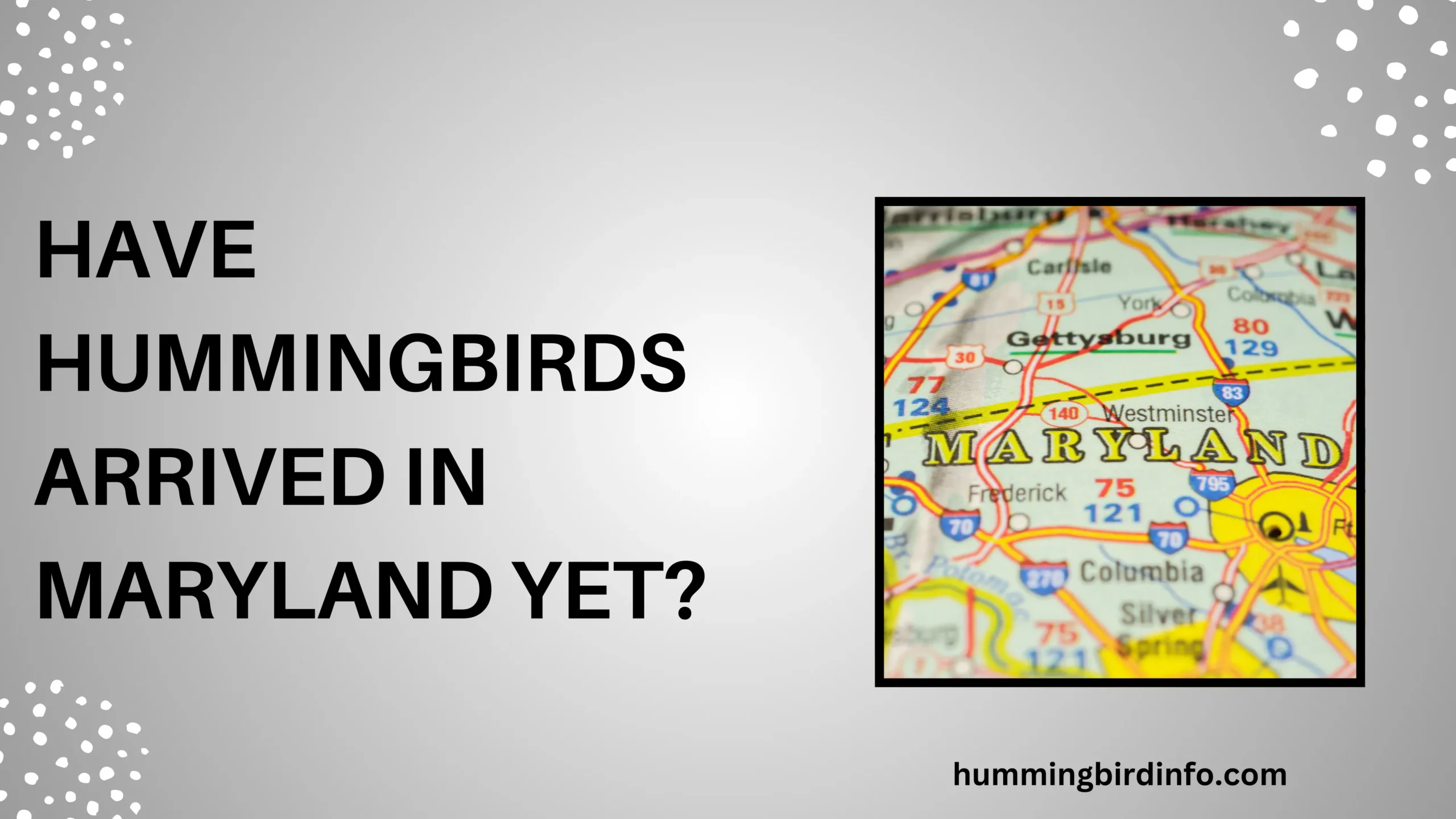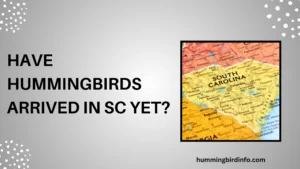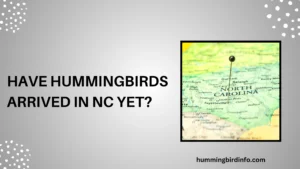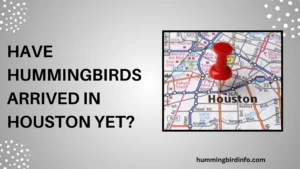There’s something magical about the moment a hummingbird appears in your garden — tiny, vibrant, and buzzing like a living jewel. With their shimmering feathers, rapid wingbeats, and fearless nature, hummingbirds captivate everyone who sees them.
Their return each spring marks a season of growth, color, and life.
In Maryland, their arrival is more than just a sign of spring — it’s a seasonal event eagerly anticipated by birdwatchers and gardeners alike. These tiny pollinators play an important role in keeping ecosystems healthy, and their presence is a welcome reward after the grayness of winter.
So, have hummingbirds arrived in Maryland yet? That’s the question on many minds. In this guide, we’ll explore their arrival timeline, what drives their migration, how to spot them, and how you can help them thrive in your own backyard.
Contents
- 1 When Do Hummingbirds Arrive in Maryland?
- 2 What Influences Their Migration?
- 3 Which Hummingbirds Can You See in Maryland?
- 4 How Can You Track Their Arrival?
- 5 How to Attract Hummingbirds to Your Maryland Yard
- 6 Conclusion:
- 7 FAQs:
- 7.1 1. What time of year do hummingbirds come to Maryland?
- 7.2 2. Which hummingbird species is most common in Maryland?
- 7.3 3. Do hummingbirds migrate alone or in groups?
- 7.4 4. How can I tell if a hummingbird is male or female?
- 7.5 5. What flowers attract hummingbirds in Maryland?
- 7.6 6. When should I put out my hummingbird feeder in Maryland?
When Do Hummingbirds Arrive in Maryland?
The Ruby-throated hummingbird is the most common species found in Maryland. This vibrant little bird begins its return journey from Central America and Mexico each spring. Some early arrivals are spotted in early April, but the majority show up by mid to late April.
Males arrive first, often a week or two ahead of the females, to claim the best feeding and nesting areas. After them, females arrive ready to start building nests and raising young. By the end of April, hummingbird season is usually in full swing across the state.
Arrival times can vary slightly depending on local weather and geographic location. In Western Maryland, where it stays cooler longer, birds might arrive a little later. On the Eastern Shore, sightings may come earlier thanks to warmer coastal air.
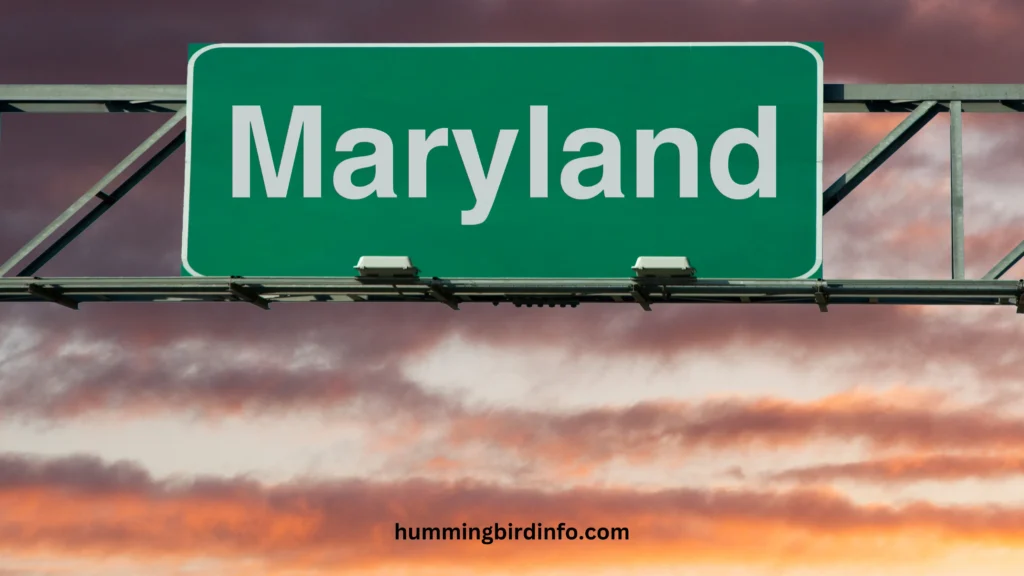
What Influences Their Migration?
One major cue that starts their migration is photoperiod, or increasing daylight hours. As days get longer in spring, hummingbirds begin their northward journey to their breeding grounds. This natural signal ensures they time their arrival with blooming flowers.
Temperature and food availability are equally important. Hummingbirds rely on nectar-rich flowers and tiny insects for energy. If it’s too cold or flowers haven’t bloomed yet, they may delay their travel until the environment is more welcoming.
Weather fronts also play a role. A warm front can speed up their journey, while a cold front might slow them down. Despite their small size, these birds travel alone and can cover 500+ miles without stopping — an incredible feat of endurance.
Which Hummingbirds Can You See in Maryland?
The Ruby-throated hummingbird is Maryland’s star species. Males are easy to recognize with their iridescent red throats and green backs, while females are slightly larger with white underbellies and green tops. Both are fast, agile flyers.
They breed throughout the state, especially in areas with woodlands, gardens, and flowering meadows. You’ll likely see them darting between blooms or hovering at feeders during spring and summer.
Occasionally, other species like the Rufous Hummingbird make rare appearances, especially in late fall or early winter. Birdwatchers love spotting these rare guests. You can use tools like Merlin Bird ID or field guides to help identify them.
How Can You Track Their Arrival?
Want to know when hummingbirds are near? Use eBird, a citizen science platform where people report real-time bird sightings. You can search by location and date, and even submit your own sightings to help track the migration.
Another great tool is Hummingbird Central, which provides migration maps updated by people across North America. These maps show where hummingbirds have been seen recently — a great way to know when to put out your feeders.
Local resources like the Maryland Department of Natural Resources and birding clubs also share updates. You can also join Facebook groups or Reddit threads where Marylanders report sightings and share photos of their first hummingbird of the season.
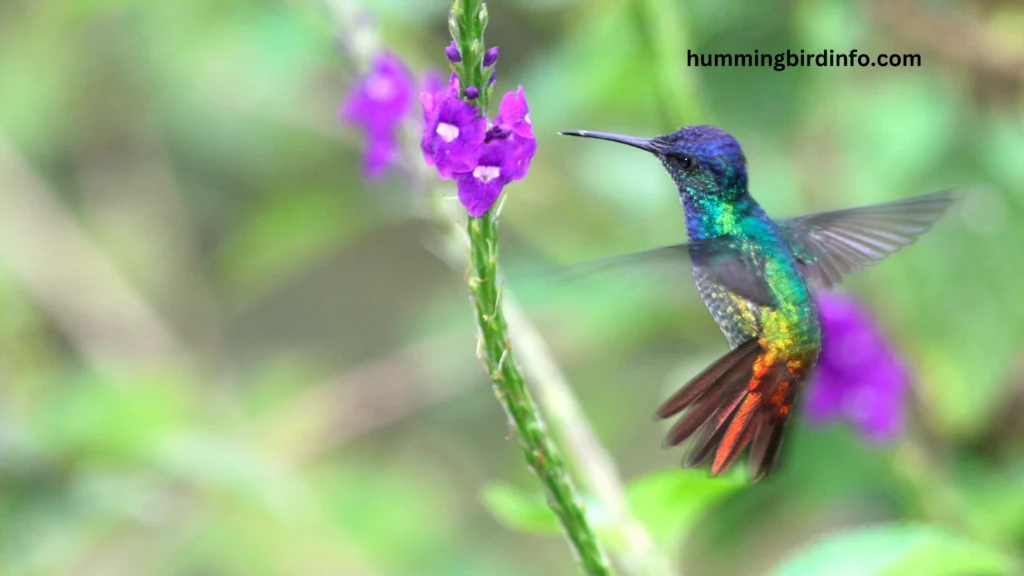
How to Attract Hummingbirds to Your Maryland Yard
The best way to attract hummingbirds is by planting native flowering plants. Favorites include trumpet vine, cardinal flower, bee balm, and native honeysuckle — all loaded with nectar and timed perfectly for spring arrivals.
You can also offer hummingbird feeders filled with homemade nectar (1 part sugar to 4 parts water). Avoid red dye, clean the feeder every 2–3 days, and hang it in a shady, safe spot where hummingbirds can easily spot it.
Provide fresh water, avoid pesticides, and offer shelter like trees or shrubs. A safe, chemical-free garden with blooms from spring to fall ensures that hummingbirds not only visit — they return year after year.
Conclusion:
Watching a hummingbird zip into your yard is more than a moment of beauty — it’s a sign that nature is waking up and the world is moving forward. Their return connects us to the rhythm of the seasons, reminding us that even the smallest creatures can make the biggest impact.
In Maryland, their arrival usually kicks off in early to mid-April, but the exact timing changes slightly each year. By planting native flowers, offering feeders, and protecting their environment, we ensure they find what they need when they return.
So, have hummingbirds arrived in Maryland yet? Probably — and if not, they’re on the way. Keep your eyes open, your garden blooming, and your feeders ready. These tiny travelers are worth the wait — and the effort to help them feel at home.
FAQs:
1. What time of year do hummingbirds come to Maryland?
Hummingbirds typically arrive in early to mid-April, with the majority arriving by late April.
2. Which hummingbird species is most common in Maryland?
The Ruby-throated hummingbird is the most common species found across Maryland.
3. Do hummingbirds migrate alone or in groups?
They migrate alone, relying on instinct and environmental cues to guide their journey.
4. How can I tell if a hummingbird is male or female?
Males have a bright red throat, while females have a white throat and are slightly larger.
5. What flowers attract hummingbirds in Maryland?
Plant bee balm, cardinal flower, trumpet vine, and native honeysuckle for the best results.
6. When should I put out my hummingbird feeder in Maryland?
Set up feeders in early April to welcome the first arrivals.

